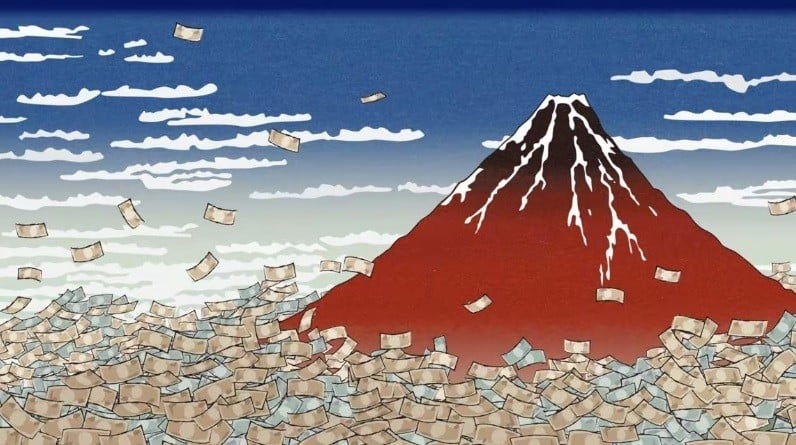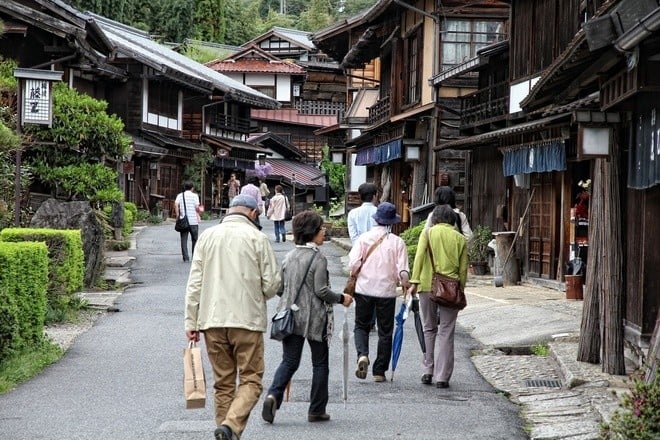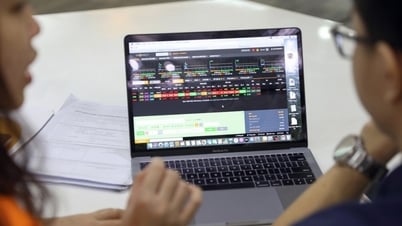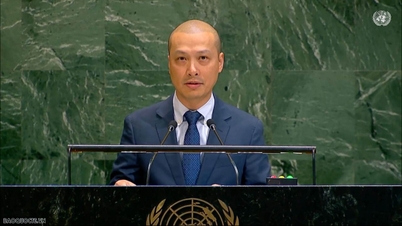A bullish scenario sees the world 's third-largest economy growing at a higher potential rate, with the government projecting a balanced budget by fiscal 2026. However, borrowing costs are rising.
The Bank of Japan (BoJ)'s decision on July 28 to allow Japanese government bond (JGB) yields to rise above the previous ceiling of 0.5% to 1% caused yields to surge. This is the first time this bond yield has risen above 0.6% in 9 years.
 |
| Tokyo is said to be sitting on a 'mountain of debt'. (Source: Nikkei Asia) |
In debt but still spending
Meanwhile, Japan continues to spend. Prime Minister Fumio Kishida has pledged to increase defense spending to 2% of GDP by fiscal 2027 from about 1% now and double the childcare budget to 3.5 trillion yen ($25 billion) annually. He plans to issue 20 trillion yen in Green Transition (GX) bonds over the next decade.
While the GX bonds are repaid through a carbon pricing and carbon tax scheme, Mr Kishida's government has yet to settle on a plan to cover the expected increase in defense spending and additional childcare budgets.
Faced with a super-aging society, the Japanese government is expected to spend nearly a quarter of its GDP on social welfare such as nursing care and pensions in the fiscal year starting April 2040.
None of this has so far spooked global investors as much as former UK Prime Minister Liz Truss’s tax plan, which sent UK government bond yields to their highest levels since the global financial crisis and hastened the downfall of Ms Truss’s government after just 44 days in office.
A variety of factors are defusing Japan’s debt time bomb. Companies hold large amounts of cash and have not borrowed much. Japanese government bonds have a relatively long average maturity and are mostly held domestically. There is a healthy current account surplus and a rare period of inflation.
"It's hard to imagine a debt crisis in Japan. But an A rating doesn't mean there's no risk at all. If growth and inflation return to low levels, debt ratios tend to rise," said Krisjanis Krustins, head of sovereign ratings for the Asia-Pacific region at Fitch Ratings.
Under previous BoJ Governor Haruhiko Kuroda and continuing under Governor Kazuo Ueda, the central bank guided interest rates in a band around or below zero and under a massive asset purchase program, the BoJ now holds about half of all government bonds.
“The central bank cannot get away with monetizing government debt,” said Tohru Sasaki, head of Japan macro research at JPMorgan Chase. “The BoJ may buy debt if we get into trouble from here. I don’t say that optimistically, but pessimistically.”
Japan plans to spend 22.1% of its current fiscal year budget on interest payments and debt buybacks. Recognizing this and the growing debt burden, Finance Minister Shunichi Suzuki warned in March this year that: "Japan's public finances are increasing at an unprecedented level of severity."
Potential dangers
However, Christian de Guzman, Moody's senior debt analyst for Japan, said investor confidence in Japan's finances appears to be intact. While Japan may be reassured that its debt burden won't cause major economic damage anytime soon, economists still see dangers.
“The BoJ’s exit from quantitative easing takes years and requires guardrails. If done poorly, it could cause chaos in the bond market,” said Shigeto Nagai, head of Japan economics at Oxford Economics in the UK.
Kim Eng Tan, senior director at S&P Global Ratings, warned that if central banks suddenly raise interest rates or tighten monetary policy, they would unearth “a lot of hidden vulnerabilities.”
Low growth as Japan’s population ages and shrinks is also a major risk. Without significant productivity growth, Japan’s low working-age population will make it difficult for the country to maintain or grow. As observers say, the biggest social risk factor for Japan is demographic.
 |
| Low growth as Japan's population ages and shrinks is a big risk. (Source: Shutterstock) |
Inflation driven by lagging wage growth could be the panacea for debt woes. Consumer prices rose again in June to exceed the BoJ’s 2% target for the 15th straight month.
Despite interest rates hovering around zero, Japan now has faster inflation than the US, where the Federal Reserve just raised interest rates last week.
If sustained inflation were to occur in Japan, it would have a positive impact on GDP and the debt-to-GDP ratio, and would also tend to be positive for government revenue, Mr. Krustins said. But at some point, Japan will have to consolidate its debt position and restrain spending even as its population ages, economists say.
Meanwhile, Ranil Salgado, head of the IMF mission to Japan, warned that Tokyo faces a choice between raising taxes and cutting spending. According to Mr. Salgado, a further (politically unpopular) increase in the consumption tax rate is the best solution for important spending needs. This expert said: "In a country like Japan, where there is a large aging population, the best way to tax permanent income or permanent consumption is a consumption tax."
Ultimately, the task of preventing a debt crisis may fall to the BoJ and whether Japan's private sector can innovate to boost growth, said Richard Koo, chief economist at Nomura Research Institute and author of the book " Balance Sheet Debt Crisis: Japan's Struggle ."
“The only borrower left is the government,” Mr. Koo said. “I want to see the BoJ exit quantitative easing and gradually transfer those holdings to private sector investors.”
Source




![[Photo] Binh Trieu 1 Bridge has been completed, raised by 1.1m, and will open to traffic at the end of November.](https://vphoto.vietnam.vn/thumb/1200x675/vietnam/resource/IMAGE/2025/10/2/a6549e2a3b5848a1ba76a1ded6141fae)




































































































Comment (0)